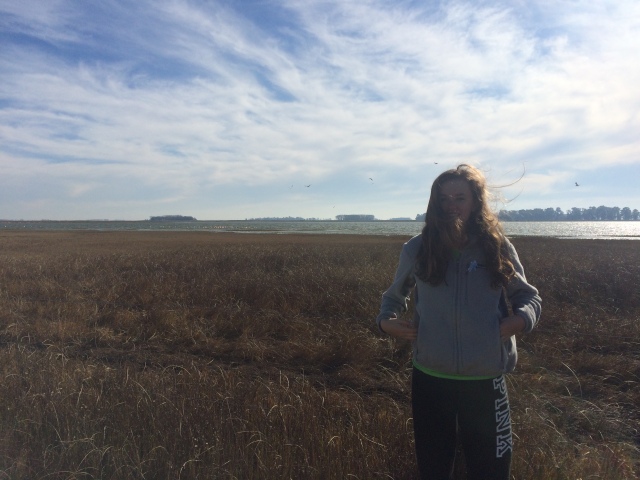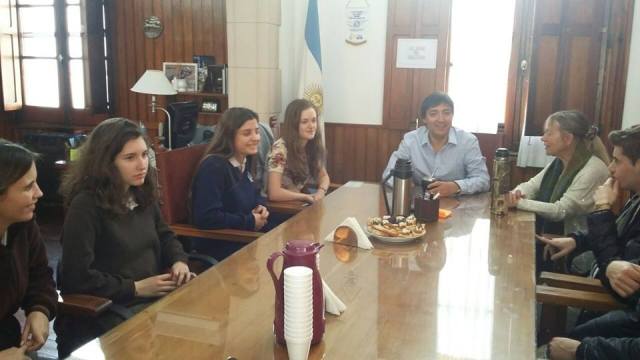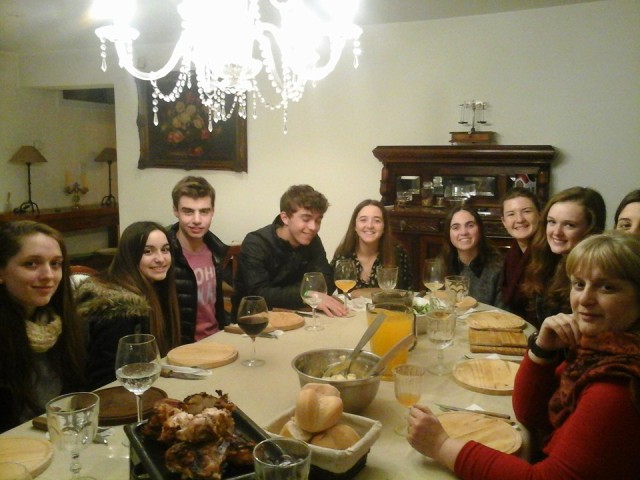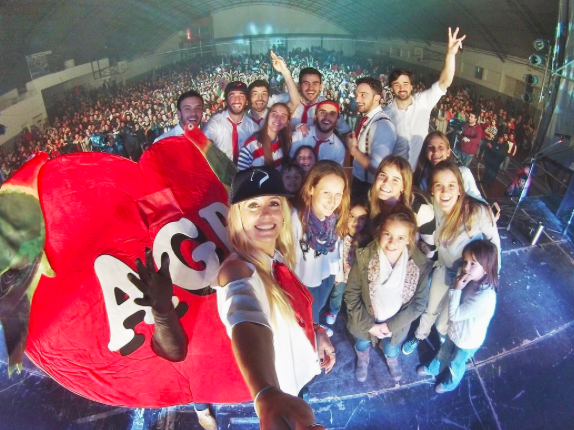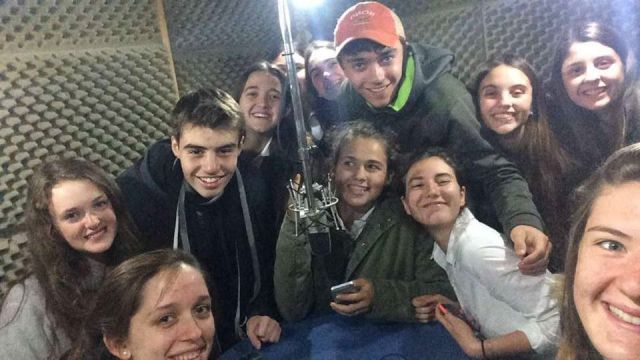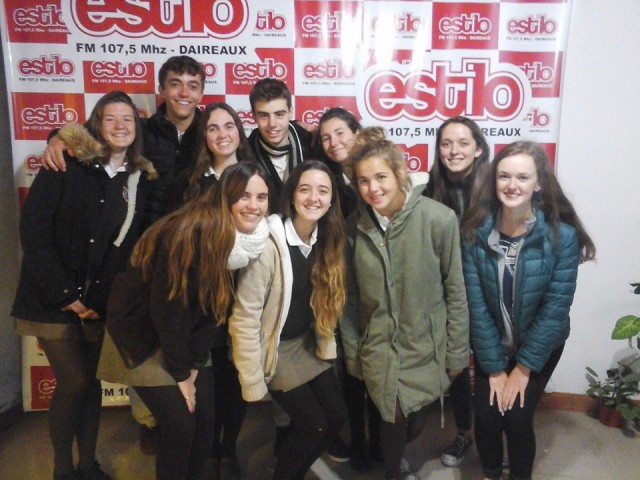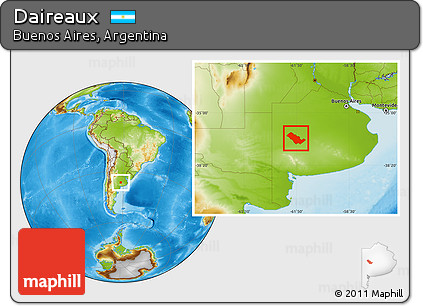Topic: How people treat an American exchange student
Yanqui (n): an American in Argentina, especially one with light skin, hair, and eyes
In other words, I am the definition of a Yanqui. People here use this word to describe me and the two other American exchange students. It used to bother me because I don’t live anywhere near the New York Yankees, but I’ve grown to embrace the title. It sets me apart and reminds me that I’m a little different here.
Everyone I meet is kind and welcoming to the utmost. They come right to me and ask questions about my exchange. The top three are:
“Hasta cuando quedas?” (How long are you staying for?)
“De donde sos?” (Where are you from?)
“No estas aburrido en Daireaux? Es muy chiquito.” (You’re not bored in Daireaux? It’s very small.)
Of course, I answer no to that last question!
In Daireaux, there’s no hiding my foreignness. Like Hood River, everyone knows everyone here. So I definitely stand out, especially since I look and speak differently. I don’t mind it in the least, and I’ve never felt like people are unhappy to have me here.
When I first arrived in Argentina, I avoided talking about America because I thought it would detract from experiencing the culture here. Partly true, and partly not. I’ve learned that there are a lot of times when it’t best to just soak everything up and live in the present, but there are also times when it’s intriguing to converse with people about the differences between the US and Argentina. I’ve figured out that it’s okay to embrace being an “extranjero.”
My classmates here are incredibly kind and I’m so grateful for them. Since the beginning they’ve made me feel welcome and part of this lovely community.
Only nine days left in Argentina, and I’m trying to live it up as much as I can!
Ciao for now,
Grace
































